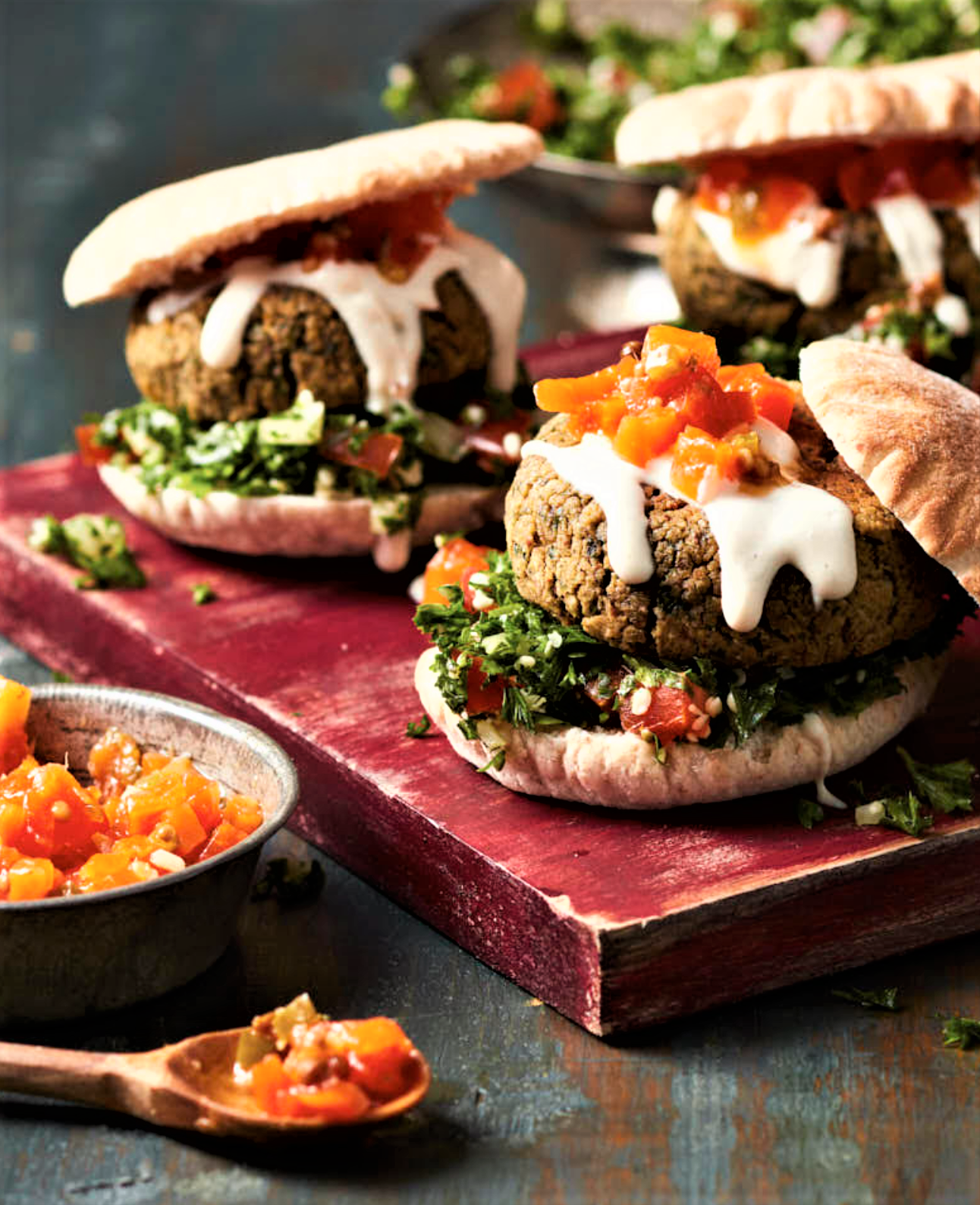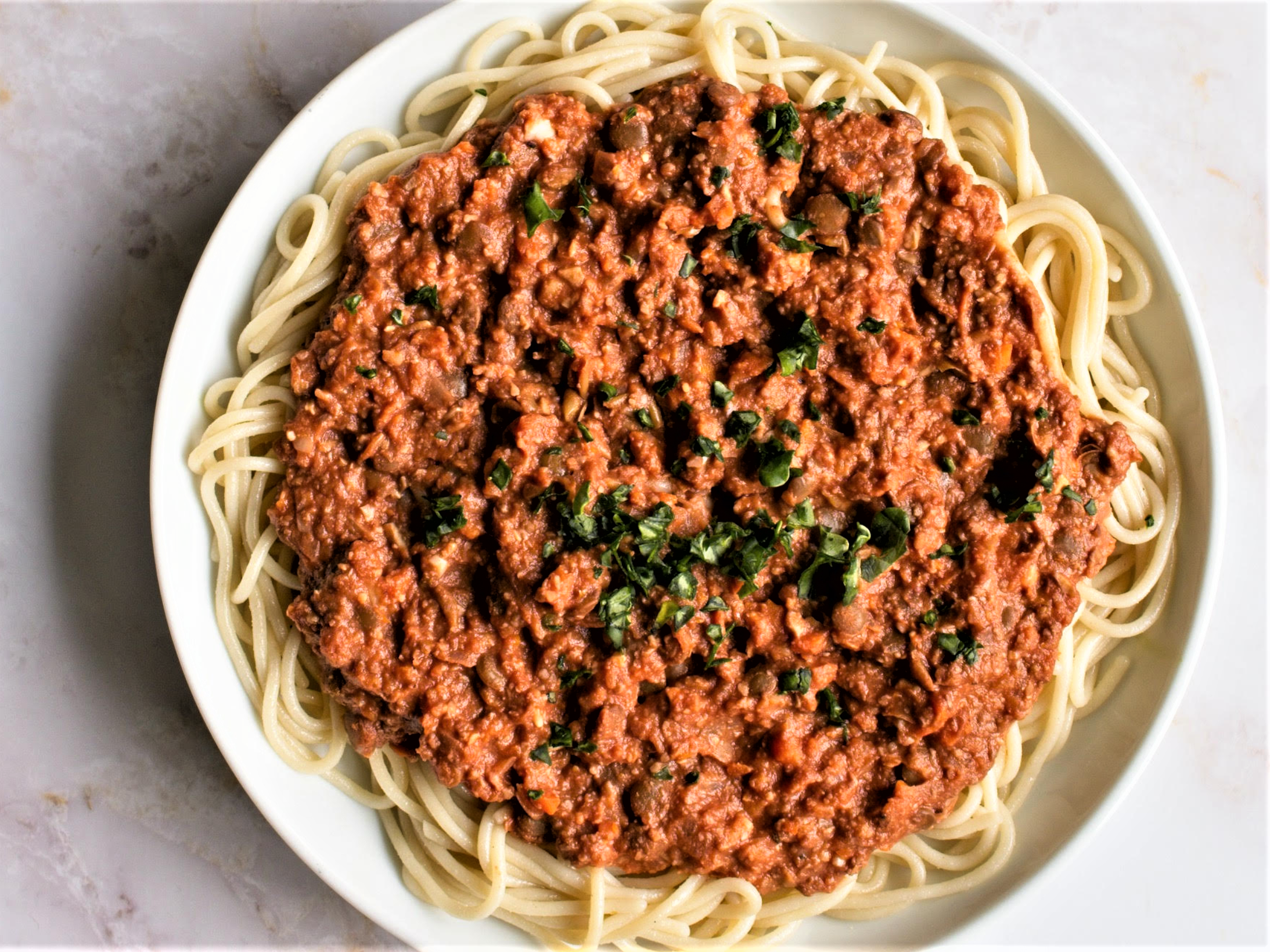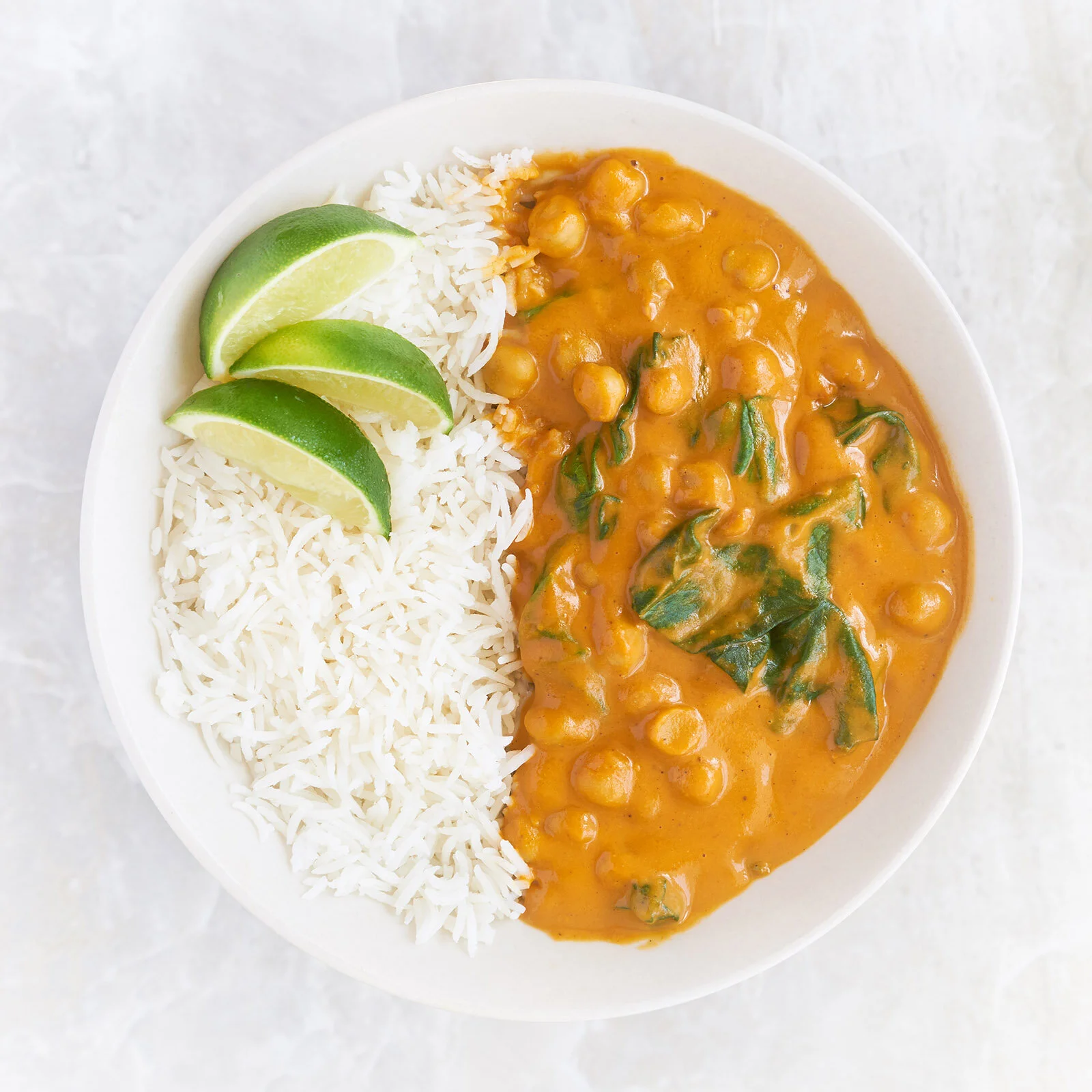By Jessica Scott-Reid
Jessica is a Canadian writer, animal advocate and plant-based food expert. Her work appears regularly in media across Canada and the US.
In the fight to curb climate chaos, to slow ocean degradation and biodiversity loss, quell increasing carbon emissions and end mass deforestation, there are a variety of changes that can be made at the individual level. Seemingly small modifications to our everyday lives can have grand effects on the planet, the animals and our future. And a number of now-well-known studies and reports, including the 2019 UN Intergovernmental Panel on Climate Change report, point to one particularly powerful action: altering the way we eat.
Making the switch from animal to plant-based protein production has since been identified by a growing number of climate and environmental researchers as the food system change we most desperately need. But while governments and industries struggle to catch up to the science, we as individuals can look to plant-based food experts who are leading the way in inspiring others to make more planet-friendly food choices, and in ways to ensure lasting success.
Anna Pippus is the author of The Vegan Family Cookbook, and creator of the popular Instagram account Easy Animal-Free. She says that one especially easy way “to lower our kitchen's environmental footprint” is to incorporate more lentils, beans, and chickpeas into our diets. Pippus points to a study, published in the journal Nature, that found westerners need to reduce beef consumption by 90%, and replace that with five times more beans and pulses, as part of the effort to avoid climate catastrophe.
Photo: Lentil walnut bolognese, “The Vegan Family Cookbook” by Anna Pippus
“Cook soups and curries with beans or lentils, blend chickpeas into hummus, use brown lentils in place of beef, and put beans and rice in the weekly rotation,” she suggests. Pippus adds that many global cuisines have a strong tradition of transforming legumes into delicious dishes, “like falafel, dahl, and pasta e fagioli. So expand your cultural horizons when seeking meal inspiration.”
The key to feeling full and satisfied when eating plant-based — a common concern among those starting out — “is to make sure you include fibre, protein and healthy fats," says registered dietician, Dr. Pamela Fergusson. "That could look like a power bowl with quinoa, veggies, tofu and a peanut lime sauce, or a chickpea curry cooked in a sunflower seed cream or coconut cream.”
Fergusson says one of her most downloaded recipes is an eco-friendly, plant-based take on the traditional butter chicken dish, which features chickpeas in place of meat, and blended sunflower seeds instead of dairy. [Author’s note: it’s delicious!]
Photo: Dr. Pamela Fergussons’ Vegan Butter Chickpea dish
Amy Symington, a plant-based chef, nutritionist and creator of The Long Table Cookbook, suggests for those making the move to eating plant-based to “make the recipes and dishes and types of foods that you already love and find satisfying, but just veganize them.”
She says there are no different or special rules as soon as you remove animal products, rather there are plant-based versions, substitutes or methods for just about everything. “And taste is queen,” she adds, “so always ensure that you are seasoning your food well, and that you're including flavour enhancers like garlic, onions, ginger, acids like citrus or vinegars, dried herbs and spices, as well as fresh herbs.” And when in doubt, she says, “add your favourite hot sauce.”
Lentil walnut mushroom balls. Photo: Darren Kemper from “The Long Table Cookbook: Plant-based recipes for optimal health”, by Amy Symington
Another easy change, says Pippus, who is a mother of two young boys, “is to simply replace cow's milk with plant-based milk. My family prefers soy milk for its superior body and nutritional value, but oat milk is another excellent choice, and there are countless others these days at most grocery stores.”
To help kids make the switch to a healthy and more earth-friendly diet, says Pippus, “start with familiar, family-friendly favourites with a vegan twist. Think lasagna, vegan mac and cheese, peanut noodles, teriyaki tofu, and corn chowder --sneak in some red lentils. If they're old enough, help them feel included and excited by looking through recipes and planning the next week's dinner menu.”
“Go at your own pace,” adds Fergusson. “Don't be afraid to use a few meat alternatives. Try replacing half the beef in a recipe with lentils, then work slowly up to replacing all of it. Have fun with testing out vegan products.”
Swapping in plant proteins or meat/ dairy/egg alternatives in place of eco-harmful animal products can require some time, a little trial and error, and certainly an open mind. A learning curve is to be expected when making a change to one’s daily life, but when it comes to saving the planet, exchanging beef for beans and chicken for tofu seems like the least we can do.
Sign up below to receive “Planet Friendly News” every month.




